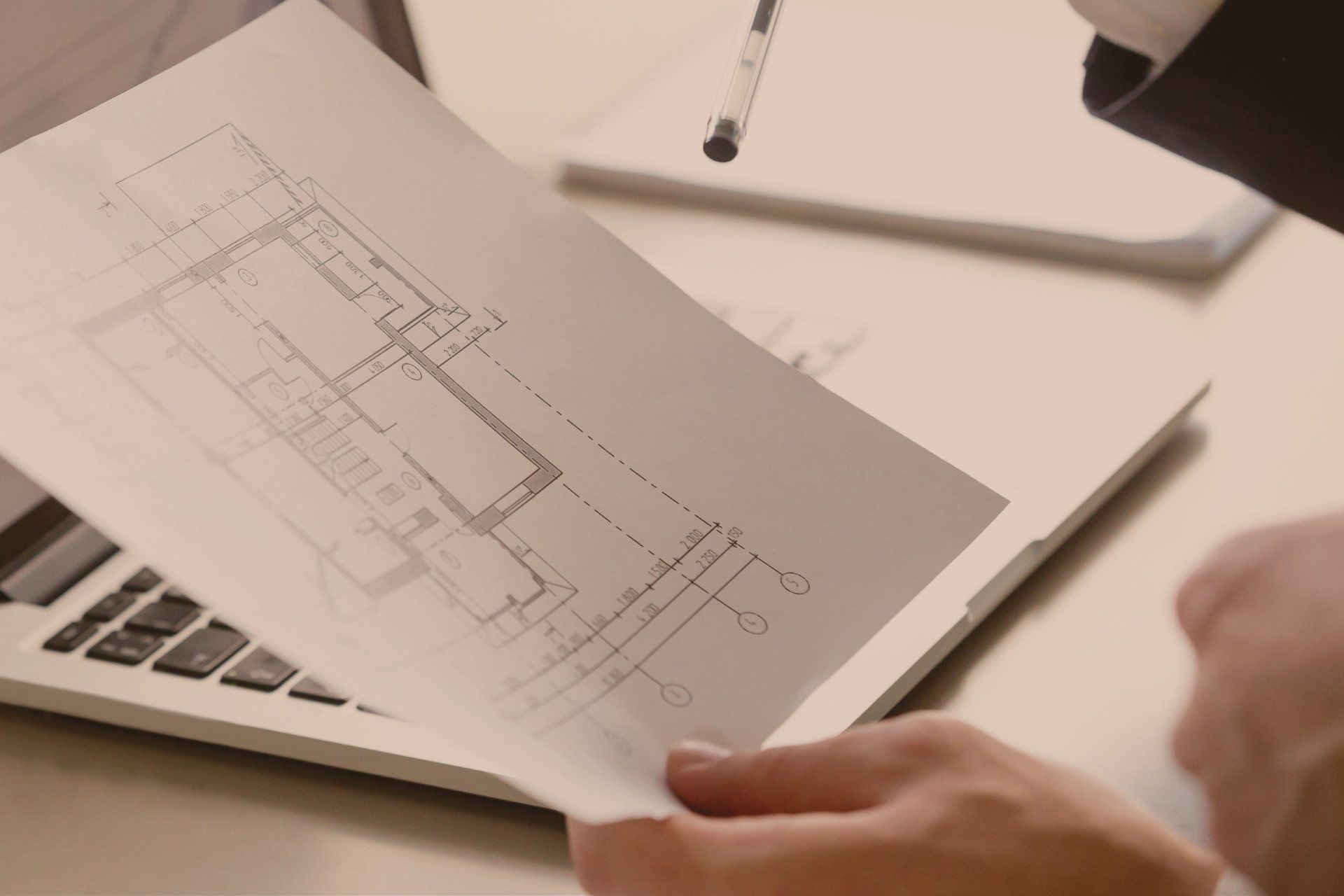LATEST INSIGHTS
Do you have equity in your home? Did you know that you can access and unlock the equity in your home to buy an investment property, renovate or purchase a new car or boat? Let’s look at what equity is, and how you can assess and utilise your usable equity.
What is equity?
Equity is the difference between the worth of your home and what is owed to your lending bank.
Equity can be established a number of ways. It can build over time as your loan amount reduces through principal and interest repayments, or as you make improvements on your home that increases it’s value. Your equity balance can also grow if the market value of your property increases. All of these scenarios could affect the equity you have in your property!
As an example, if the market value of your home is $500,000 and you owe $200,000, you therefore have $300,000 in equity.
What is usable equity
Usable equity is the equity in your home that you can access and borrow against. Typically, banks will lend up to 80% of the value of your home, less what you owe. This equity is classified as usable equity.
“Banks generally consider loans with a loan-to-value ratio above 80% high risk. Limiting useable equity to 80% provides a safety buffer should house prices decrease and your equity is eroded” Synergy Business Finance Officer Stephanie Sander said.
Calculating the usable equity available in your home is as simple as calculating 80% of your property’s current value minus the current owing balance.
For example – if your home is $500,000 and you owe $200,000, the calculation is as follows:
80% of $500,000 = $400,000
Minus what you owe (-$200,000) = $200,000 of useable equity.
Using your usable equity
You can withdraw equity by increasing or topping up an existing home loan, applying for a supplementary loan or cross collateralising your home with a new investment property.
Applying to top up your existing home loan will provide you cash into your account for things such as a deposit for a new investment property, home renovations, debt consolidation or other purchases.
“We see a number of clients utilising the equity in their current loan to purchase additional property – whether it be an investment property for leasing or to purchase a holiday home.” Synergy Business Finance Manager Brendan Philp said.
However, if you’re not wanting to increase your current home loan balance, you can apply for a supplementary loan. This will provide you with additional cash, while also providing options to choose a different loan type with different product features - such as repayment frequencies, interest rate and loan terms.
Cross collateralisation is another strategy to access the usable equity in your home to purchase an investment property. This means you add the existing home as collateral to the new investment property loan in order to secure the purchase.
In addition to your existing home loan, a second home loan for the new property would be secured by the existing property and new investment properties value.
“Cross collateralisation is a great way to diversify your portfolio, however, securing the loan with both properties may limit your ability to use equity in the future. It is important to discuss your long-term plans with your mortgage broker when considering how to access equity for a loan” Brendan added.
So, whether you’re looking to purchase an investment property, or utilise the usable equity in your property to purchase a new vehicle – taking a look at your home equity could be an option.
If you’d like to discuss utilising your home equity for a new purchase, or to review your overall finance structure – you can contact our Synergy Business Finance team.








